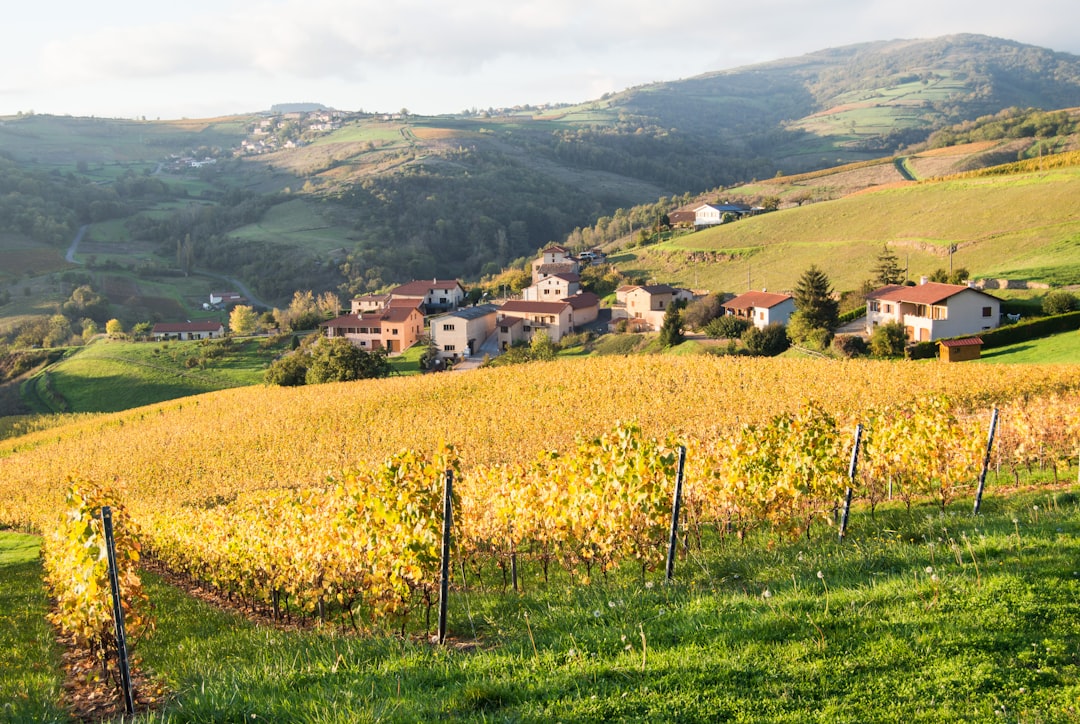Weed management is one of the most significant challenges faced by farmers worldwide. Weeds compete with crops for essential resources such as sunlight, water, and nutrients, often reducing yields and compromising the quality of the harvest. Effective weed control requires a well-planned strategy tailored to specific farming systems. Integrated weed management (IWM) combines mechanical, cultural, and chemical methods to achieve sustainable and efficient weed control. In this blog post, we will explore these approaches and their application across different farming systems.
Mechanical Weed Control
Mechanical methods are among the oldest forms of weed control, relying on physical actions to remove or suppress weeds. These methods are highly effective in reducing weed pressure, especially in systems where chemical inputs are limited or undesired. Here are some key mechanical techniques:
-
Tillage: Primary and secondary tillage operations, such as plowing and harrowing, disrupt weed growth by uprooting and burying weed seeds. However, excessive tillage can lead to soil erosion and degradation, so it is essential to balance its use.
-
Hand Weeding: This labor-intensive method is common in small-scale farming systems. While it can be highly effective, it is time-consuming and less feasible for larger fields.
-
Weed Hoeing and Cultivation: Tools such as hoes and cultivators are used to cut weeds at the soil surface. Modern mechanized cultivators can cover larger areas efficiently.
-
Mowing: Mowing suppresses the growth of certain weed species by preventing them from flowering and setting seeds. It is particularly useful in pastures and non-crop areas.
-
Flame Weeding: Thermal weed control uses heat to destroy weed tissues. This method is gaining popularity in organic farming systems.
Cultural Weed Control
Cultural methods aim to create unfavorable conditions for weeds while promoting healthy crop growth. These strategies are preventive and often integrated with other methods to improve overall effectiveness. Key cultural practices include:
-
Crop Rotation: Alternating crops with different growth habits and resource needs reduces the prevalence of specific weed species. For example, rotating cereals with legumes can disrupt weed cycles.
-
Cover Cropping: Cover crops, such as clover or rye, suppress weed growth by outcompeting them for resources and shading the soil surface.
-
Planting Density: Optimizing crop spacing and density minimizes open spaces where weeds can establish.
-
Mulching: Applying organic or synthetic mulch smothers weeds and regulates soil temperature and moisture. Organic mulches, like straw or wood chips, also improve soil health over time.
-
Timely Planting: Early planting of fast-growing crops can help crops establish a canopy quickly, reducing the chance for weeds to thrive.
Chemical Weed Control
Chemical methods involve the use of herbicides to manage weeds. While effective, these methods should be used judiciously to prevent herbicide resistance and minimize environmental impact. Some important aspects of chemical weed control are:
-
Selective Herbicides: These target specific weed species without harming the crop. They are ideal for controlling weeds in monoculture systems.
-
Non-Selective Herbicides: These are used to clear fields before planting or in non-crop areas. Examples include glyphosate-based herbicides.
-
Pre-Emergence and Post-Emergence Herbicides: Pre-emergence herbicides are applied before weed seeds germinate, while post-emergence herbicides target actively growing weeds.
-
Herbicide Rotation: Alternating herbicides with different modes of action reduces the risk of resistance.
-
Precision Application: Modern technologies, such as GPS-guided sprayers and drone-based systems, allow for targeted application, reducing waste and environmental impact.
Integrated Weed Management (IWM)
An integrated approach combines mechanical, cultural, and chemical methods to provide long-term and sustainable weed control. The key to successful IWM is tailoring the strategy to the specific needs of the farm, taking into account factors such as crop type, soil conditions, climate, and available resources. For example:
- Organic Farming Systems: Emphasize mechanical and cultural methods, such as cover cropping, mulching, and flame weeding.
- Conventional Farming Systems: Often combine chemical herbicides with cultural practices like crop rotation.
- Conservation Agriculture: Minimizes tillage while using cover crops and targeted herbicide application.
Conclusion
Managing weed pressure in agricultural fields requires a holistic approach that integrates mechanical, cultural, and chemical methods. By combining these strategies, farmers can improve crop yields, reduce costs, and promote sustainable farming practices. The key to effective weed management lies in understanding the unique challenges of each farming system and developing a customized plan that balances productivity with environmental stewardship.

Comments
No comments yet. Be the first to comment!
You must be logged in to comment. Login